Generic Equipment servicing information for beginners
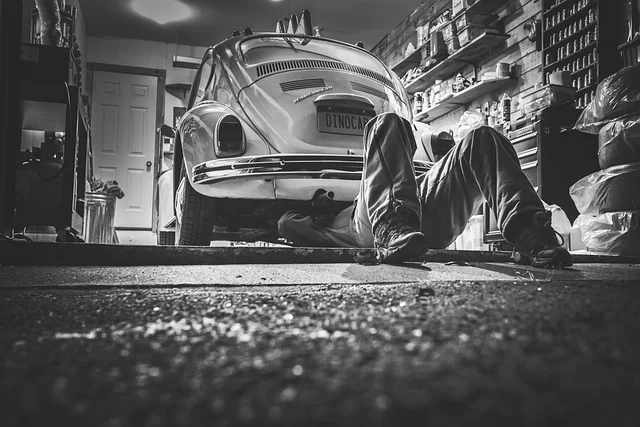
Processing and mobile machinery must work long hours, withstand heavy loads, and occasionally harsh conditions, as well as put up with varying levels of operator skill.
It only seems fair that we take some time every now and then to inspect our equipment, service it effectively, and generally give it the TLC it so desperately needs, especially if we want our equipment to last for a long time with few to no problems.
The right amount of servicing at the right frequency can reduce fuel or energy consumption, slow down wear rates of moving parts, and keep the equipment safe.
General Safety Tips – Prior to commencing work
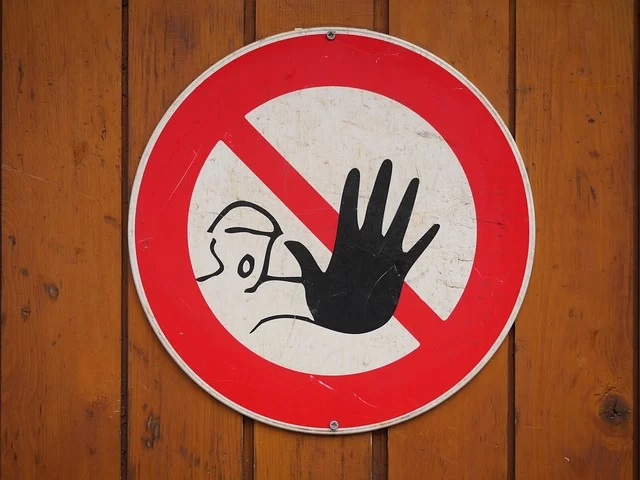
1. Ensure the requirements of the permit to work have been read and understood.
2. Ensure the scope of work has been agreed to, with a supervisor.
3. Before commencing work, ensure that all aspects of the permit procedure have been adhered to.
4. Adhere to all relevant safety precautions on the permit.
5. Ensure you have read and understood all the hazards, their potential and means of managing these risks involved.
6. Ensure that only the correct tools and equipment are used.
7. Ensure the requirements of the permit to work have been read and understood.
8. Maintenance work must be carried out in accordance with your organization’s safety management system.
9. Before beginning work, communicate with the production department and ensure that all permit conditions are met.
10. The production department will create and attach the Isolation procedure. All isolations must be completed before beginning work; if live work must be performed, a permit must be completed and approved by the supervisor.
Generic Air Compressor Checks – Mechanical – Every 4 Weeks

1. Examine the equipment for signs of physical damage, corrosion, and/or deterioration.
2. Check for dirt or dust accumulation and clean as needed.
3. Check the tension of the drive belt and the tensioning gas spring. (As per the manufacturer’s instructions, replace the belt and gas spring.)
4. Clean the pre-filter.
5. Check for leaks and tighten all hoses and fittings as needed.
6. Take lube oil samples as and make sure sample bottles are properly labelled.
7. Examine the scavenge screen for obstructions, including all intakes, and clean as needed.
Generic 4x4 Diesel Engine Ute Service – Every 4 Weeks

1. Carry out Vehicle Running Checks
a. Operate the vehicle and check for abnormal noise, vibration, brake drag and excessive smoke when engine is rapidly accelerated
b. Check steering operation.
c. Test effectiveness of brakes
d. Test operation of horn
e. Test operation of vehicles head lights
f. Test operation of vehicles tail lights
g. Test operation of vehicles roof lights
h. Test operation of vehicles indicator lights
i. Test operation of cab light
j. Test operation of hazard lights and any alarms
k. Test the operation of the main air conditioner system and heater
l. Inspect Pulley Adjuster
m. Check operation of all gauges
n. Check System voltage gauges
o. Check operation and condition of seat and seat belt.
p. Check operation and security of starter motor
q. Check alternator charges
2. Engine off Checks / Tasks
a. Check batteries and electrolyte level, terminals, hold down brackets and condition of leads. Clean any battery corrosion build up with Baking Soda and Water. This will neutralize the battery acid. Clean and dry the area with a paper towel, and clean up any residue using a sponge.
b. Check the windscreen wipers for operation and conditions.
c. Check the windscreen wiper washer fluid and top up as required
d. Change engine oil only if 5000km has been reached from last oil change.
e. Change or clean engine air filter
f. Check door catches, hinges and window winders
g. Check access steps, doors and panels for damage, wear, alignment and secure mounting.
h. Check controls for correct sense of operation inspect for excessive free play in control linkages.
i. Check that all controls are labelled correctly
j. Check internal and external mirrors
k. Check foot pedals and rubber covers condition
l. Clean cab area of all debris
m. Spray lube operators seat, cables, adjusters and linkages
n. Check the seats and seat belts for security, condition and operation
o. Inspect engine for oil, fuel and coolant leaks
p. Test the exhaust system for any leaks
q. Check induction system pipe work, hoses, and clamps for signs of deterioration or engine dusting
r. Check exhaust manifold, exhaust flanges and other connections for secure mounting and condition
s. Check engine mountings for bolt tensions and condition of rubber mounts
t. Check alternator fastening and tension of fan and air conditioning belts. Adjust as necessary
u. Check gearbox and axles for oil leaks
v. Examine the chassis and its attachments for cracking or deformation in the chassis rails. Welds on the chassis, security of the rear tray pivot point, and security of the rear tray door
w. Inspect all tyres for damage and excessive wear, check remaining tread depth.
x. Examine the vehicle’s suspension for excessive sag, broken spring leaves, broken centre bolts, and damaged shock absorbers.
y. Inspect steering linkages for deformation and excessive free play
z. Inspect steering box / rack and pinion for oil leakage.
aa. Test effectiveness of park brake / hand brake.
bb. Check mudguards and mud flaps
Generic Diesel Engine Driven Generator – Every 3 Months
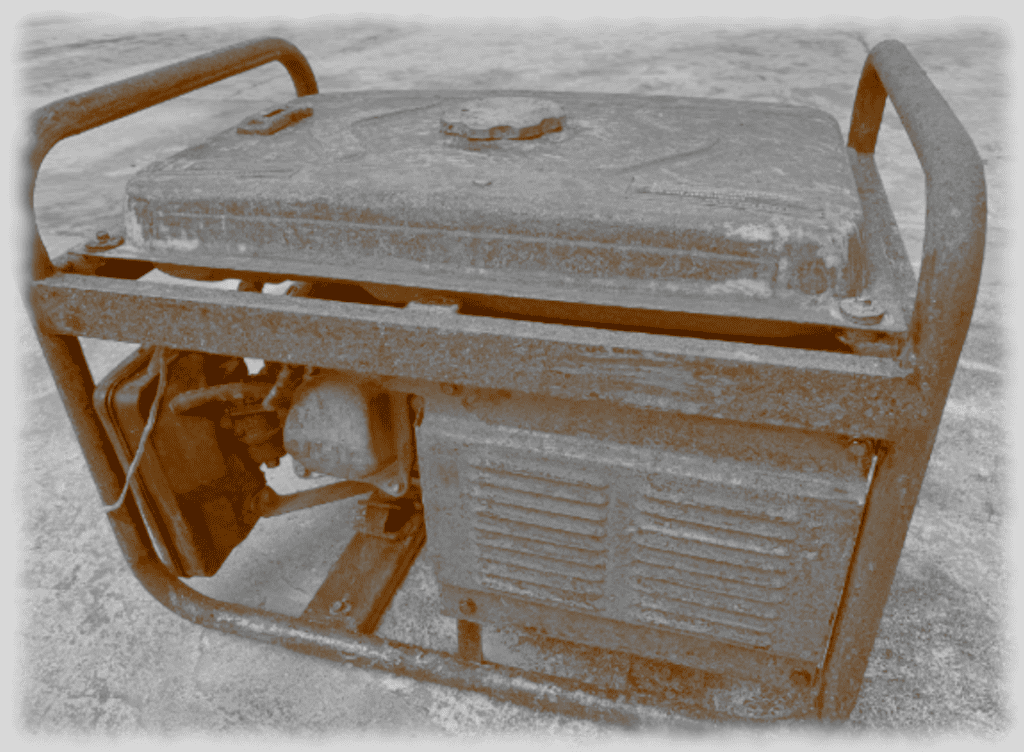
1. Visually inspect the engine and related equipment for leaks, wear, damage, loose connections/components, and corrosion.
2. Check the tension, wear, weather cracking, and/or damage of the engine drive belts and fan coupling device (if fitted).
3. Check the level in the fuel tank and top it off as needed.
4. Examine the fuel system for unusual noise and/or vibration, as well as the fuel tank for leaks.
5. Visually examine the fuel system, including the piping, hoses, fittings, and/or the fuel tank.
6. Check the fuel pump for proper operation.
7. Check the fuel injectors for proper operation.
8. Check the engine coolant level and top it off if necessary.
9. Examine air inlets and outlets for debris and clean as needed.
10. Check the cooling system hoses for tightness and leaks.
11. Examine the lube oil tank for any damage, corrosion, or leaks.
12. Check the lube oil tank level and top it off as needed.
13. Examine the lube oil pump for leaks and proper operation.
14. Examine the lube oil cooler for leaks and proper operation.
15. Examine the battery terminals for cleanliness and tightness, and tighten and/or clean as needed.
16. Check the electrolyte level in the battery and top it off if necessary.
17. Check the battery’s output voltage to ensure it has enough starting power.
Generic Conveyor Checks – Mechanical

1. Weekly Checks
a. Check head, tail and take up pulley bearings for abnormal heat, noise or vibration, grease with XX pumps of high quality lithium based grease used on your site in each bearing.
b. Check oil level in drive gearbox, top up if needed with your site choice of refined mineral oil with extreme pressure additives.
c. Take Sample and then replace the gearbox oil every 12 weeks
d. Check all safety guards are in good condition, in place and secure.
e. Check all conveyor idlers are free to turn, tag any that are seized, do not attempt to free idlers while belt is running.
f. Visually check drive belts for alignment, tension and damage.
g. Visually check the conveyor belt for damage due to cuts, splice failure, skirting rubber damage etc.
h. Check all skirting rubbers for adjustment and spillage.
i. Check the return belt scrapers for wear and adjustment.
j. Check head drum scrapers for tension and damage, ensure no build up exists.
k. Check drive gearbox for oil leaks loose bolts, heat, noise or vibration.
l. Visually check of gearbox torque arm for tension and movement.
2. Pulley Bearing Checks – Every 26 Weeks
a. Get the equipment isolated and verified test for dead as per site procedures
b. Suspend the counterweight, ensure all tension is removed from the belt.
c. Clean down the plummer block bearing assy area and ensure no dust is allowed into the bearing housings.
d. Remove the bearing cap and record the internal clearance of the bearing.
e. Ensure the adapter sleeve lock nut is secure.
f. Adjust as required.
Generic Floor Level Sump Pump Tasks – Mechanical – Every 2 Weeks
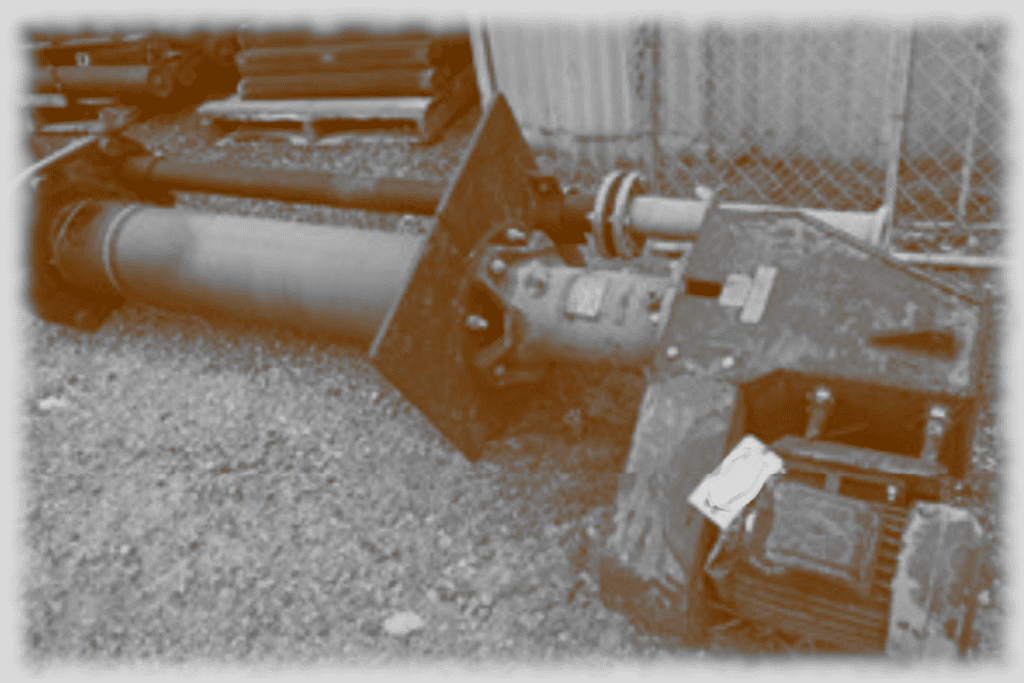
1. Inspect and grease the sump pump, using high quality lithium based grease used on your site, apply XX pumps in each nipple
2. Check pump the barrel, pump casing and motor for any abnormal heat, noise or vibration
3. Visually check the V Belts for tension and condition, tighten if required
4. Ensure that the safety guard is in place and secure
5. Check the pump and pipework for any leaks
6. Check that all bolts are intact and tight
Generic Centrifugal Pump - Service Tasks
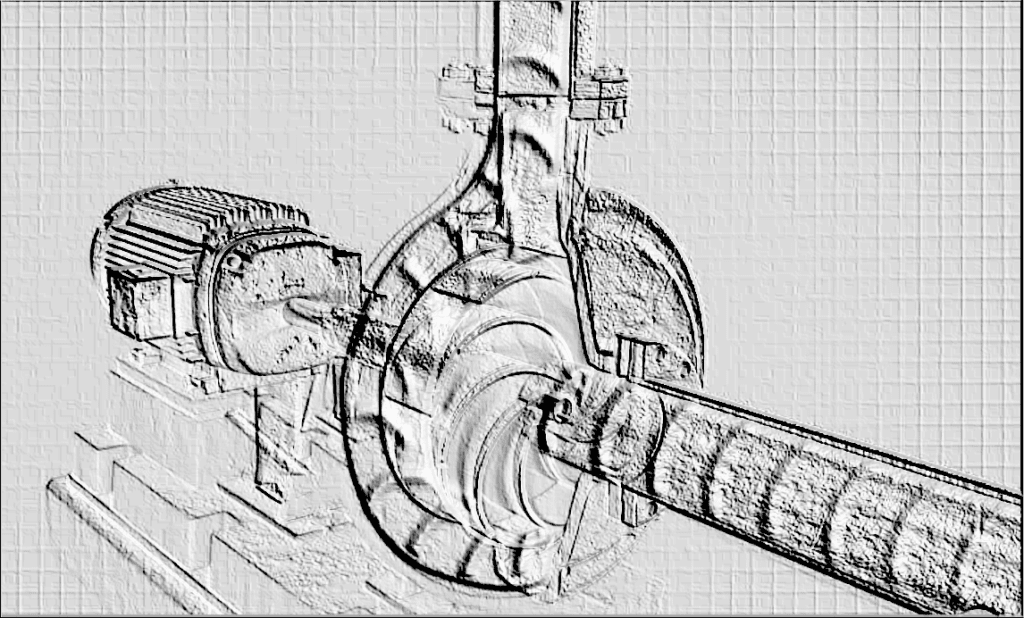
Mechanical – Every 2 Weeks
1. Grease pump bearings, using high quality lithium based grease used on your site; seals X pumps each, bearings XX pumps each.
2. Check bearing barrel and motor for any abnormal heat, noise or vibration.
Mechanical – Every 8 Weeks
1. Check for any abnormal heat, noise or vibration coming from the bearing housing or electric motor.
2. Ensure pump section is not blocked.
3. Check gland for excessive leakage and tighten as required.
4. Visually inspect V Belts for tension, damage and condition, tighten as required.
5. Ensure all safety guards are in place and secure after removal.
6. Check pump and pipework for leaks.
7. Check pump seals for leaks or damage
8. Check all bolts are secured.
9. Strip wet end of pump, replace parts as required.
10. List all new parts used, parts re-used and return any un-used parts
11. Record hours
Generic Blast-hole Drill Checks – Daily / Weekly

1. Check the Air Compressor Oil Level, top up if required, and replace the oil filter once a week.
2. Check Auto Lube System Components
3. Lubricate the Breakout Wrench
4. Check the Engine Oil Level, top up if required
5. Check the Hammer Lubricator, add oil as required
6. Check level of the Hydraulic System Oil Level, top up as required, and replace the oil filter once a week.
7. Test all Indicators and Gauges for correct operation.
8. Inspect the Mast Hoist and Mast Pull-down Cables
9. Lubricate the Mast Rotary Drive and once a week, replace the rotary drive oil, check the drive seals and inspect the drive bearing.
10. Check the Mast Rotary Drive Oil Level, top of if required
11. Lubricate the Mast Traveling Sheaves
12. Inspect the Mast Winch
13. Check the mast alignment once a week
14. Check operation of the Powered Stairway and check for any damage.
15. Check the Pump Drive Oil Level and replace the oil once a week.
16. Inspect the Seat Belt for correct operation and any damage
17. Check the Thread Lubricator, top up if required
18. Inspect Track Adjustment, Adjust if required
19. Test the Travel Alarm
20. Visually check the Undercarriage


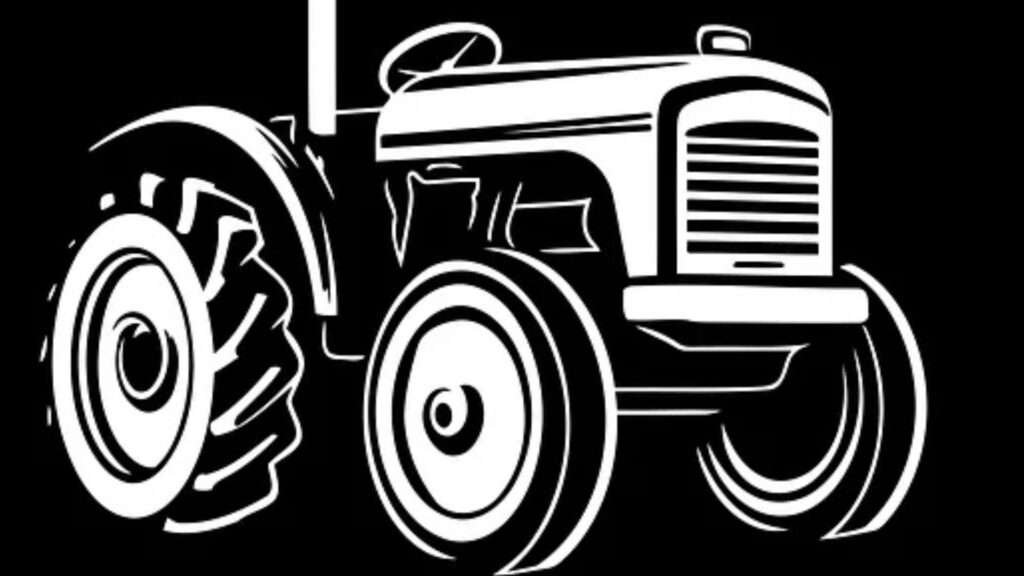
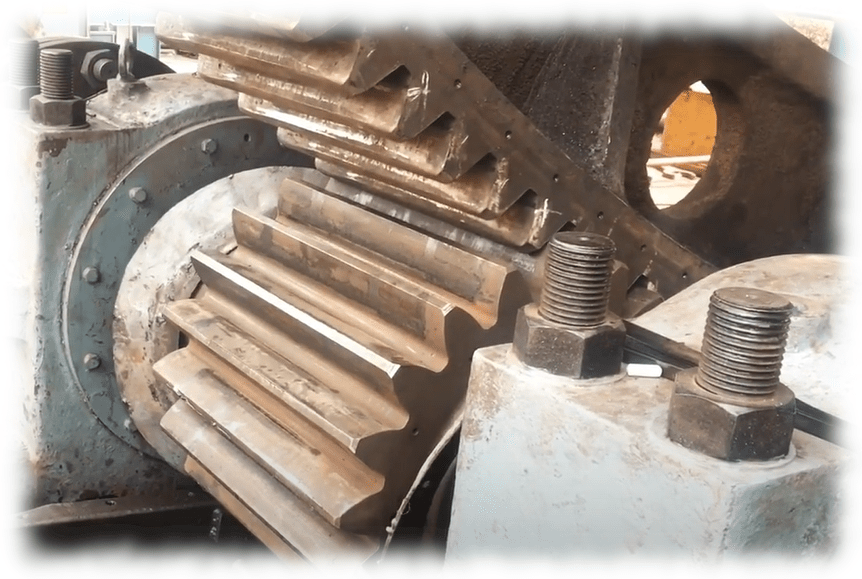




[…] the Power of Asset Management with CMMS Success. Generic Equipment Servicing Information – CMMS SUCCESS. Insurance for CMMS software development companies. Cyber Security for CMMS Software Development […]